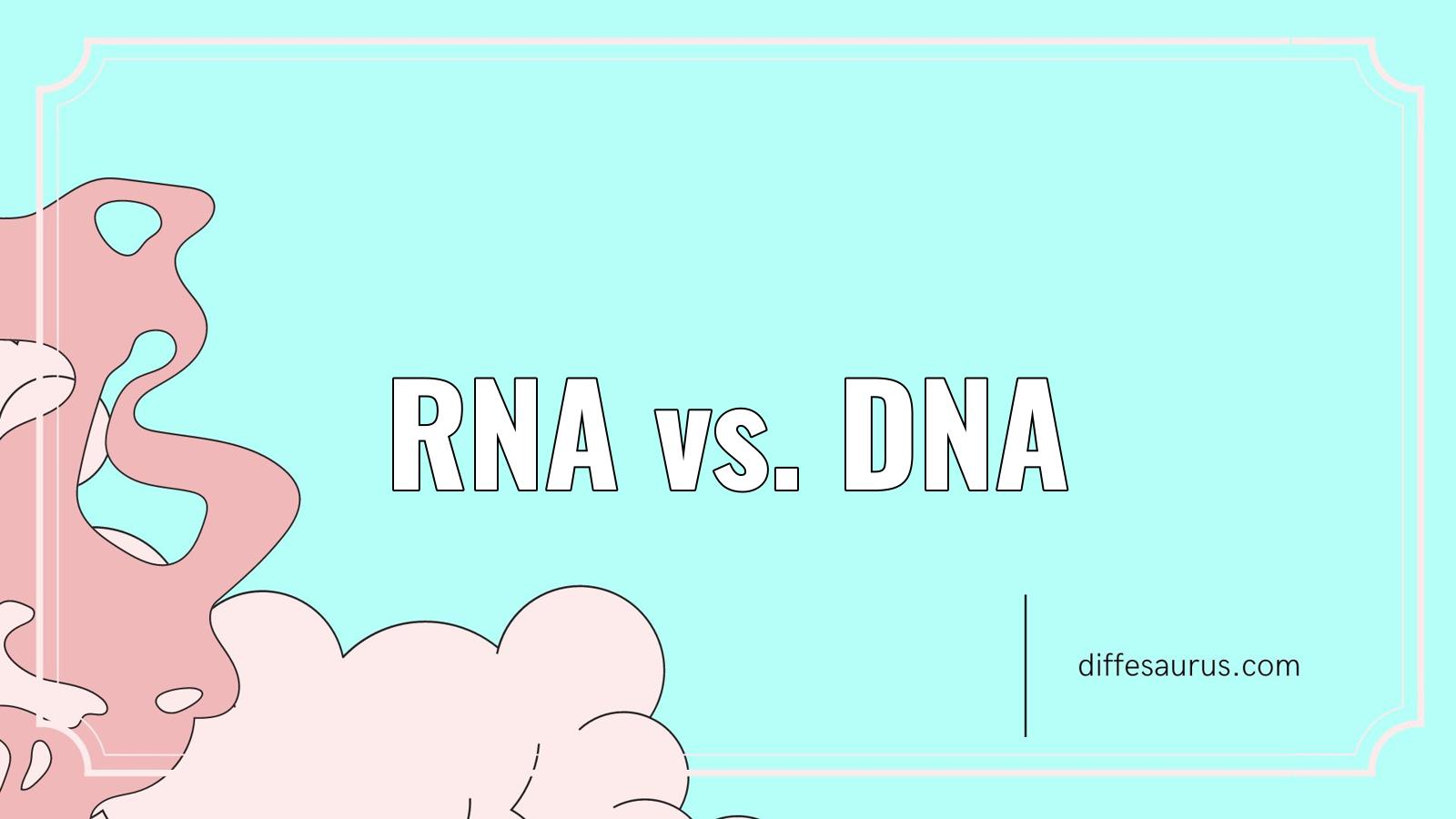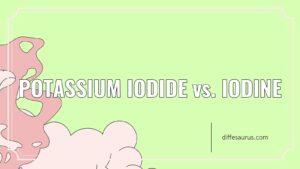There are over 25,000 genes in the human genome, and 46 chromosomes, which contain all of the genetic information.
The structure of RNA is very similar to that of DNA. There are two differences between the two, one of which is the type of ribose that lacks oxygen. RNA is single-stranded and can have very complex three-dimensional structures.
What are five differences between DNA and RNA?
Long-term storage of genetic information; transmission of genetic information to make other cells and new organisms are some of the main differences between the two. Transferring the genetic code from the nucleus to the ribosomes is what this is about. It’s possible that the molecule used to store genetic blueprints in primitive organisms is the same one used to transmit genetic information. A long chain of nucleotides is contained in the double-stranded molecule of DNA. The helix of the molecule is usually a single strand.
What are the 3 basic differences between DNA and RNA?
There is a difference between the sugar in DNA and the sugar inRNA. The ‘deoxy’ is a reference to the fact that DNA has a single hydrogen atom instead of two, and that it has two hydroxyl groups attached to its carbon backbone. The process of converting genetic code into mRNAs that can be made into proteins can be accomplished with the help of the extra hydroxyl group and the deoxyribose sugar.
What is the main job of RNA?
The main function of RNA is to translate something into another language. There are three main types ofRNA involved in the synthesis ofProteins. The primary genetic material for the viruses is the RNA. Gene regulation is one of the functions that include other functions. The processes are carried out by a group of small regulatoryRNAs.
Where is RNA located?
A small amount of DNA is present in the nucleus and in the mitochondria. Depending on the type ofRNA formed, it moves from the nucleus to the cytoplasm.

What does RNA have that DNA doesn t?
The structure of RNA is very similar to that of DNA. There are two differences between the two, one of which is the type of ribose that lacks oxygen. RNA is single-stranded and can have very complex three-dimensional structures.
How do DNA and RNA differ in structure?
The structure, functions, and stabilities of the two substances are different. There are four nitrogen bases adenine, thymine, cytosine, and guanine in the DNA. The reason that the nucleus of the cell can’t be left is due to the fact that the nucleus of the cell is double- and single-stranded. There is a missing oxygen in the sample.
What are the four differences between RNA and DNA?
The sugar ribose is found in both the DNA and the RNA. There are two types of molecule: a double- and single-stranded one. Under alkaline conditions, both DNA andRNA are stable. Different parts of the human’s body perform different roles. There are two things that are responsible for storing and transferring genetic information: DNA andRNA. Since the bases adenine, thymine, cytosine, and guanine are used in DNA, it is slightly different from the bases used in RNA. Uracil doesn’t have a methyl group on its ring, which is different from the one found in thymine.
Why do viruses have RNA instead of DNA?
RNA can skip the transcription process, unlike DNA viruses which have to always do it. There are someRNA molecules that can act as the translation of the mRNA into the proteins. Positive- strandRNA viruses are different from negative- strandRNA viruses in that they require the addition of a step in thetranscription process before they can be translated.

Are the bases different in DNA and RNA?
The bases cytosine, guanine, adenine, and uracil are contained in DNA. There is a slight difference in base pairs in the two most popular types of molecule. There are two base pairs in DNA.
What is the difference between DNA and RNA base pairs?
The structure of RNA is very similar to that of DNA. There are two differences between the two, one of which is the type of ribose that lacks oxygen. RNA is single-stranded and can have very complex three-dimensional structures.
Do DNA and RNA have different backbones?
The structure of nucleic acids are formed by the sugar-phosphate backbone. The directionality of the molecule is determined by the backbone composed of alternating sugar andphosphate groups.
Which virus is worse RNA or DNA?
These high rates are correlated with enhanced virulence and are beneficial for viruses. New data shows that selection for faster replication is stronger and faster polymerases are more likely to make mistakes than natural selection. selection on another trait appears to be the reason why the high mutation rate of the RNA viruses is not optimal.
What macromolecule is RNA?
All biological cells have ribonucleic acid (RNA) in them. It is involved in the synthesis of proteins, carrying the messenger instructions from DNA, which is needed for the development and maintenance of life. The genetic information in some viruses is carried by the RNA.
What are the 4 main differences between DNA and RNA?
The nitrogen bases in DNA are the basic units of genetic code, and their ordering is essential to biological function. The four bases that make up the code are adenine, thymine, guanine, and cytosine. In a double helix structure, bases are A and T and C and G.
What DNA and RNA are?
The most important molecule in cell biology is deoxyribonucleic acid and ribonucleic acid. There are some key differences between the two linear polymers. The two molecules are able to work together and fulfill their roles thanks to these distinctions. Here, we look at some of the differences between the two substances. We take a look at the two nucleic acids side-by-side before we discuss the differences.



